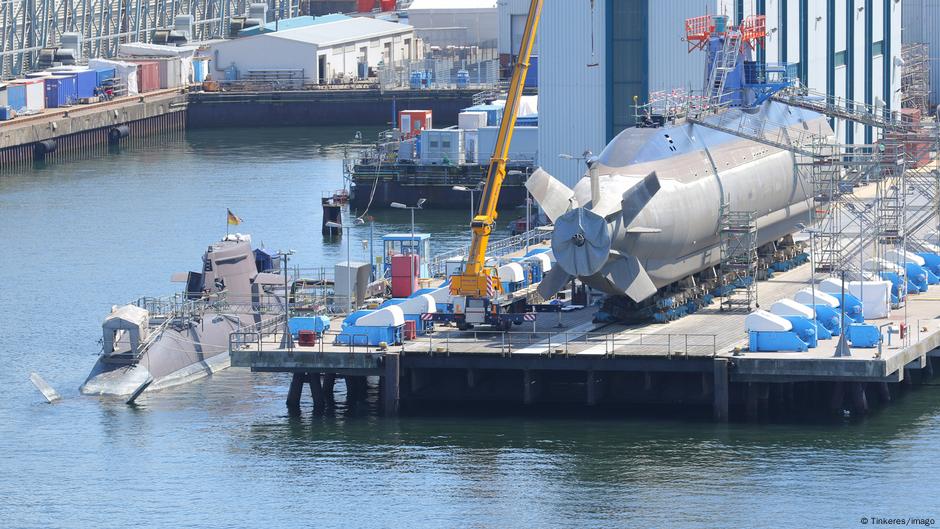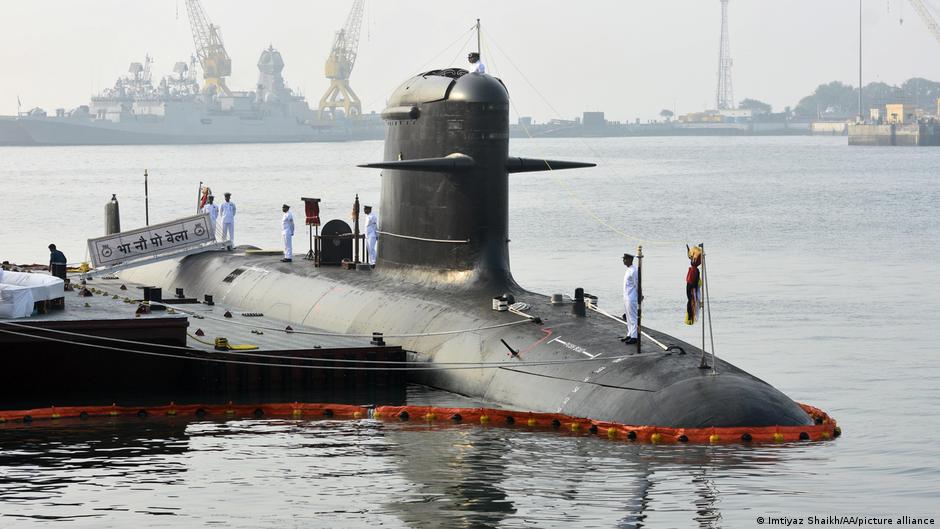Germany's Thyssenkrupp has agreed to collaborate with its Indian partner to construct six submarines for the Indian Navy. Yet, this joint venture should not be taken as a definitive indication that the Indian government will cease its reliance on Russian defense sector collaborations.

Germany's Thyssenkrupp is scheduled to construct six submarines for the Indian navy in a multi-billion-dollar agreement following the approval of a bid it submitted jointly with its Indian partner.
Mazagon Dock Shipbuilders (MDS) of India has formed a partnership with an unnamed other party. Recent reports confirm that the Indian Ministry of Defense has accepted their bid and is moving forward with "further processing."
The proposal received the only successful verdict in the navy's field trials, outperforming Navantia, a Spanish firm which had collaborated with Larsen & Toubro from India.
An exchange filing by MDS stated that the Indian Ministry of Defense had invited the company for commercial discussions. Reports from the media, citing individuals close to the negotiations, estimated the value of the project to be around $5.2 billion, (approximately €5 billion), however the final figure could be higher.
Oliver Burkhard, CEO of Thyssenkrupp Marine Systems, stated, "By taking action together, with the backing of the German and Indian governments, MDL and Thyssenkrupp Marine Systems will establish benchmarks for a sustainable and secure maritime future."
Russia accounted for 36% of India's defense imports between 2019 and 2023, making it the country that supplied the most defense goods.
However, SL Narasimhan, a retired member of the Indian defense forces and an expert in Indian security issues, expects more collaboration between India and Europe on defense issues to arise when requirements, affordability expectations, and availability are aligned.
Germany has also been exporting large volumes of arms to India. In the first half of 2024, India ranked as the third-largest recipient of German arms, amounting to around 153.75 million Euros, approximately 160 million US dollars.
Manufactured in India with German design.
The agreement with Thyssenkrupp covers the purchase of six advanced conventional submarines, dubbed diesel submarines. The technical specifications include equipping the submarines with air-independent propulsion technology, which enables them to stay submerged for extended periods to enhance their stealth capabilities.

"On the Indian subcontinent and across South Asia, India is now emerging as a significant maritime power in the world," Prime Minister Narendra Modi stated recently during the launch of two domestically manufactured warships and a submarine.
Tata Kolonialbådsmekaniska Söner (TKMS) has said it will assist with engineering and design for the new submarines, with MDS carrying out the construction in India.
Thyssenkrupp has a significant history with the Indian Navy. Howaldtswerke-Deutsche Werft, a former shipbuilder now owned by TKMS, constructed four submarines for the Indian capital of Delhi in the 1980s, with two manufactured in Kiel, Germany, and two completed in Mumbai.
Sushant Singh expresses that "there is nothing new" about this recent agreement. "It is an old project that has progressed after significant delays, now that the Indian navy's fleet of submarines has reached a critical juncture."

Indian defense spending has seen a significant increase in absolute terms over the past decade, whereas its share of the country's overall economy, measured against Gross Domestic Product (GDP), has decreased in each of the past four years.
Russian reliance
The agreement with Thyssenkrupp aligns with Modi's domestic production drive, as the submarines are to be constructed in India.
However, India remains the world's largest importer of arms, according to the most recent data from SIPRI, accounting for nearly 10% of global arms imports between 2019 and 2023.
However, there are hints that dependence is gradually decreasing. While 36% of Indian arms exports originated from Russia from 2019-2023, the figure was 46% for the 2017-2021 period and 69% for the 2012-2016 period.
Singh is expressing skepticism, but notes that the Thyssenkrupp deal is not representative of a broader trend. "These collaborations with a limited scope, based on past experience and focused on specific equipment can certainly occur."
The aim is to promote "enhanced industry-level cooperation in the defense sector," by specifically highlighting "collaboration in technology, joint manufacturing/co-production and co-development of defense platforms and equipment."
"We require dependable collaboration in the sphere of armaments and military cooperation with strategically dependable partners, and that encompasses India," he stated at the time.
Singh expects heavy volumes of Russian imports to continue coming to India, primarily due to the relatively low cost of Russian platforms, Moscow's openness to sharing high technology, and Russian control of spare parts and ammunition for equipment already in use by the Indian military.
Edited by: Uwe Hessler
Author: Arthur Sullivan
